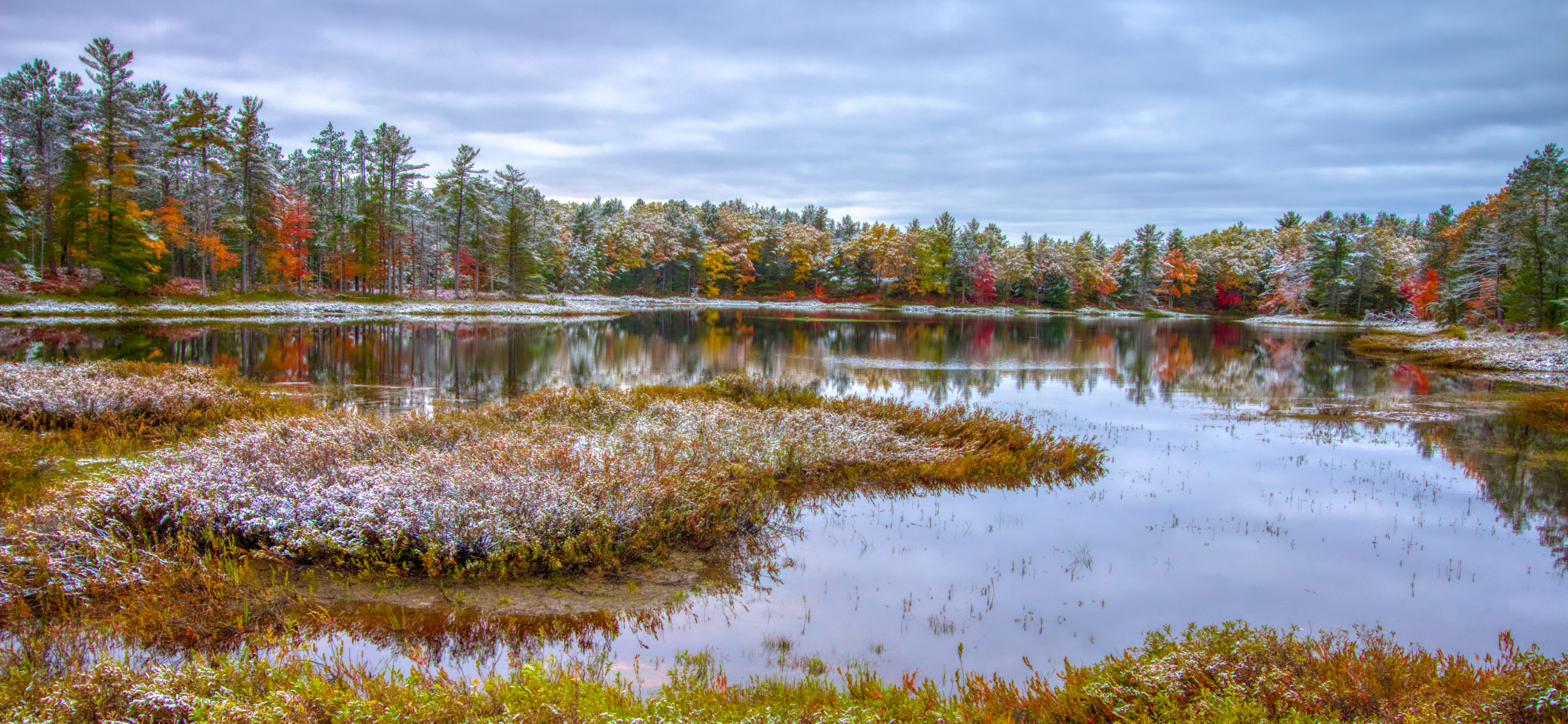
NCEL Blog
Dreaming Indigenous Futures into Environmental Policy
November 15, 2023
I’m Grant Gliniecki, Outdoor Policy Coordinator at NCEL, founder of an Anishinaabe garden nonprofit, and an Indigenous Studies and Community Sustainability scholar. My Anishinaabe (Burt Lake Band) family have been in relation with this land for time immemorial. My settler (Polish & Norwegian) family have grown to know and love this land over generations. In recognition of Native American Heritage Month— and with my gratitude and excitement for our upcoming Pathways to Land Back webinar— I’d like to explore the ancestral, modern, and ongoing relationships that I see driving environmental policy.
In the Anishinaabe language, you might refer to a group as “inandinawe maaganidog,” meaning “all my relations.” Inandinawe maaganidog (Ih-nund-in-uh-way mawg-un-ih-dog) reminds us of the responsibilities humans hold to other humans, the land, the animals, all that breathes, all that moves, all that stands still.
Many Indigenous peoples have a similar way of quickly referring to the web of relationships that define the world around us. Indigenous peoples in what is currently the United States carry an incredible range of arts, beliefs, governments, practices, and traditions, all united by unique relationships to land and with what is called ‘relational values.’
Relational values center how meaningful, reciprocal relationships between humans and nature transform each other for the better. We receive material benefits when the relationship between humans and nature is healthy, but more than anything, we know who we are when we are good relatives. Our relationships to the land and nature are part of how we think of our own lives, histories, and selves. Land and nature can’t be substituted or separated from our natural or cultural heritages. Just like no hometown can perfectly substitute your own.
It’s exciting to see Western science embrace what Indigenous people have known for millennia by centering stewardship, reciprocity, restoring human access to nature, and recognizing how land shapes our cultural and community heritage, especially when it comes to restoring Tribal land rights. Relational values help us connect policy motivations that can make our goals seem disconnected. The economic value of healthy ecosystems and the intrinsic value of non-human life are different ways to express a shared desire for strong human-nature relationships.
“The reality is, many Indigenous cultures in North America survived an apocalypse. The key word is survived. Any future with us in it, triumphant and flourishing, is a hopeful one.”
– Dr. Darcie Little Badger (Lipan Apache)
My position as Outdoor Policy Coordinator is a testament to how state legislatures are leading in recognizing that humans depend on our relationships to nature to create sustainable futures. Our relationships to nature are the single most effective motivator for environmental policy.
It’s also bittersweet to see relational values, the foundation of Indigenous knowledge and sciences, emerge in the mainstream as if it is new. Often, the millennia-old knowledge of a land is unfamiliar to the people making decisions about that same land. This makes it easy for Indigenous people to get stuck defending, condensing, and reducing millennia-long and ongoing Indigenous sciences. In Indigenous Studies, some Indigenous peoples have stopped using the term “Traditional Ecological Knowledge (TEK)” because we see decision-makers misunderstanding tradition as something relegated to the past. The conclusions of Indigenous knowledge systems get used as a substitute for contemporary Indigenous voices and ways of knowing. Like all sciences, Indigenous sciences perpetually evolve to integrate new information into rigorous, systematic, and context-specific approaches.
Centering Indigenous people and Tribal nations in environmental policy offers more than acknowledging traditional knowledge and practices. It can mean honoring the U.S. Constitution and building on bipartisan state-level efforts to recognize Indigenous peoples in decisions that affect Indigenous lands and futures. It can mean growing our capacity to appreciate and see our relational values, especially how we all thrive when we are good relatives to one another.
Restoring human-nature connections, centering Indigenous knowledge makers, and recognizing Tribal governments opens the possibility to imagine Indigenous futures. More importantly, these partnerships create the opportunity to protect and build Indigenous futures.
Inandinawe maaganidog, all my relations, I invite you to join me in imagining Indigenous futures, triumphant and flourishing, by exploring policy options that promote Indigenous futures.
Ways to Get Involved
- Join our upcoming Pathways to Land Back Briefing.
- Deepen your knowledge of issues faced by your Indigenous neighbors through an Indian Country 101 training.
- Get connected to local Tribal government(s).